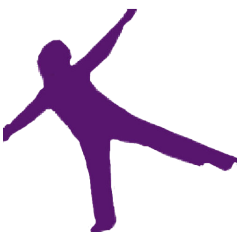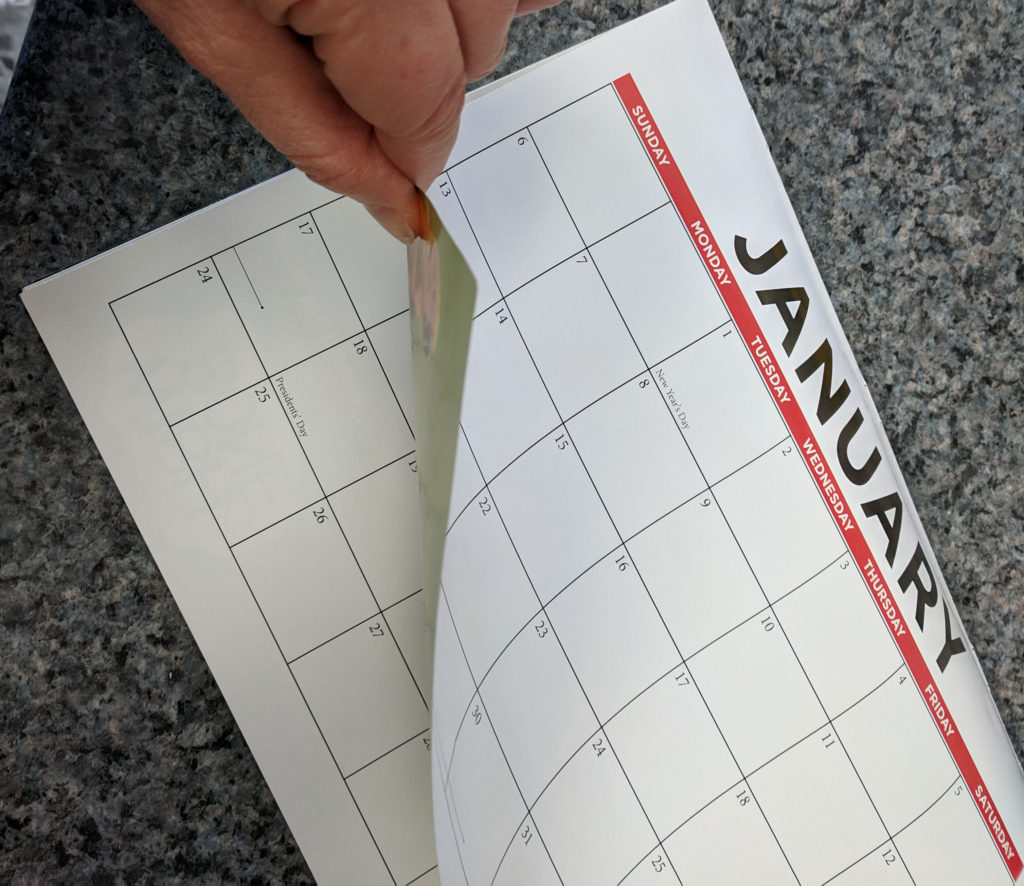If your idea of “self-care” is a high-end spa, think again. We all need self-care. It’s not an indulgence. We’re all wired tightly these days, and anything we can do to improve our mindset, grow our resilience, and do what we need to do for our healthy aging is helpful. But when we think of “self-care,” we think of facials, massage, and one-to-one training. Here are some tips for budget-friendly self-care that will leave you feeling like a million bucks.
What is “self-care?”
First – what, exactly, is “self-care?” According to Dr. Jennette Berry, a family medicine physician, it’s “anything that helps you recharge and take care of yourself so, in turn, you’ll be well to take care of the people who count on you.”
Budget-friendly or free!
Exercise
Exercise. Get moving! You think I’m a fitness nut because I recommend exercise at every turn? Maybe so, but exercise not only helps with your weight loss goals, it also gives you energy. Exercise helps you fight disease and boosts your immunity. It helps you sleep at night. It aids in our healthy aging goals. And exercise puts you in a better mood! So, go outside for a brisk walk. Or check out popular YouTube fitness videos. Many gyms offer complementary first-classes. See if you like one of those before you make a longer-term commitment.
Meditate
Check out for a few minutes. Sit comfortably and think of absolutely nothing. It’s like your brain going on vacation for a bit. If you can’t turn your mind off, do a guided meditation. Dr. Berry says that meditation helps lower stress, controls anxiety and improves sleep. Download my short guided Garden Walk meditation. Less than 5 minutes and you’ll feel more calm.
Take a bath
Dr. Berry says that the hot water will help you sleep and is also beneficial for aches and pains. Why not try some aromatherapy with bath salts while you’re at it? Lavender is soothing and smells wonderful.
Journal
Writing in a journal daily can help track your moods and symptoms. It can also help track your triggers – the things that happen or people say that start your feelings of stress and anxiety. Journaling your gratitude can also improve your mindset and help you get happier. You can’t be unhappy if you’re grateful. And journaling about your day can also help your memory.
Read books
Exercise your mind. Books can take you on adventures you can’t even dream about. They help you learn about other people and other cultures. Public libraries now offer not only hard copies of books, but also digital and audio-books as well. Dr. Berry says that reading is not only relaxing, it can also slow the progression of dementia.
How many of these budget-friendly self-care steps do you do daily? Easy, soothing and painless – they all contribute to our resilience and healthy aging.




